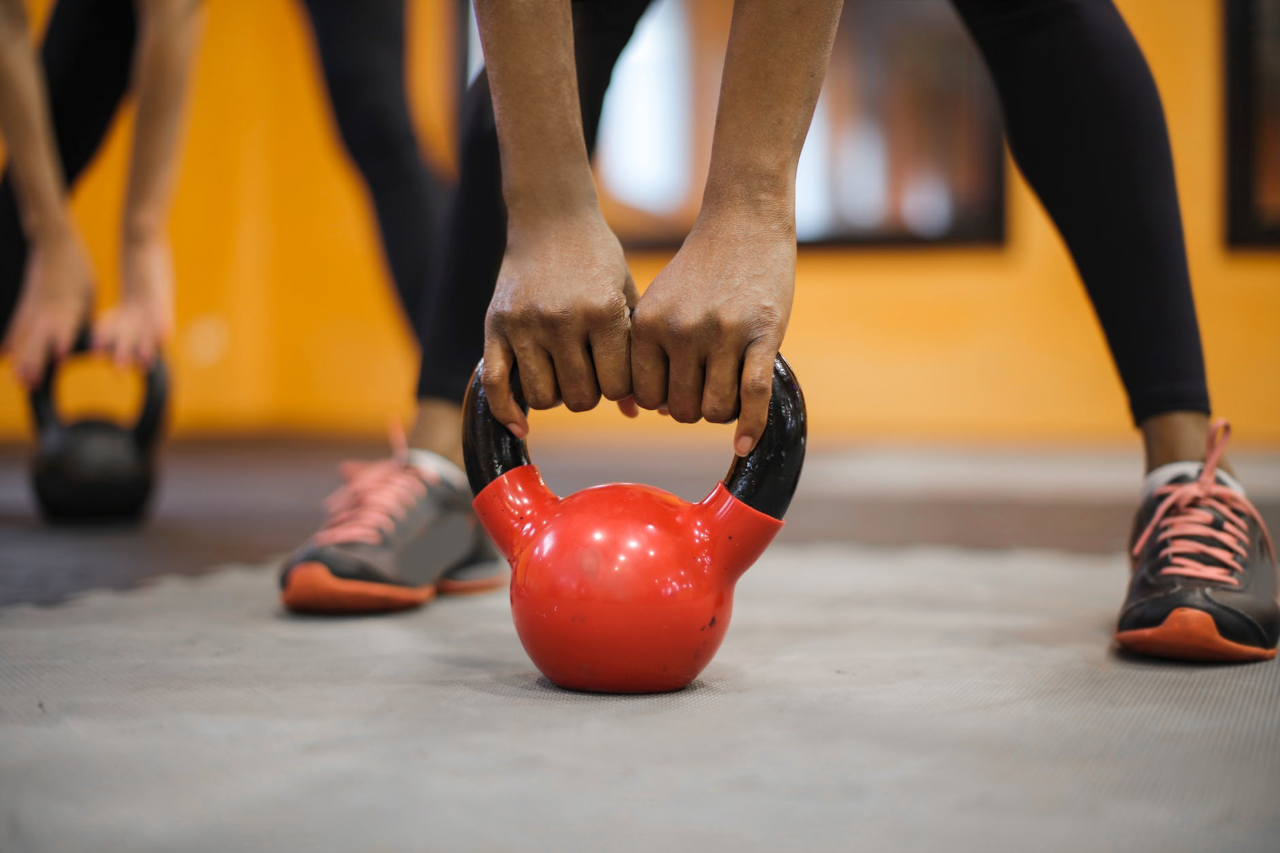It’s common for buzzwords to trend in the fitness industry for a few years. With any fitness trend, they tend to fizzle out. Metabolic workouts, however, are here to stay because of its effectiveness and popularity as a form of training.
As personal proof of this popularity, I’ll relay the following example. When I first started offering group fitness classes in my business, I started out by calling my classes “The Gauntlet.” These classes did well, however, many people told me they were too scared to come and try it out. The name was too intimidating for the average consumer. So I changed the name to “Boot Camp,” but then people were confused. People pictured themselves crawling through the mud and climbing large obstacles (like you see in Army training or Tough Mudder races). Even my insurance provider thought the same thing and suggested I consider increasing my insurance coverage for the classes!
In the end, I changed the name of the group class (for a final time!) to “Metabolic Group Class”. Suddenly a bunch of clients wanted to try it out. Despite the fact that the type of workout I was teaching in all three of these classes was exactly the same, the buzzword encouraged people to come to try it out. This class has been going strong for over five years, which goes to show why I know this buzzword is here to stay.
Buzzword or not, metabolic workouts are great and I’m an advocate in the benefits for both myself and my clients.
What is Metabolic Training?
If you’re not quite sure what metabolic workouts are, I will quickly break it down for you. The broad definition of metabolic training is: completing structural and compound exercises with little rest in between exercises, in an effort to maximize calorie burn and increase metabolic rate during and after a workout.
This means you train to build muscle and shock your system so you get maximum calorie burn during the workout and maximize excess post-exercise oxygen consumption (EPOC). Metabolic training provides quick but effective workouts by using larger muscle groups and compound exercises to hit more muscle groups over a shorter period of time.
Take your Personal Training to the next level.
Start your free 30-day trial of Trainerize.
Who Should Use Metabolic Workouts?
Many metabolic workouts are very fundamental and include movements that mimic everyday life. Therefore, they can be much more beneficial for the everyday client who might just be looking to build muscle, burn fat, and feel better during their day. If someone is looking to build a large amount of muscle, slow heavy weightlifting is still key; however, a few quick intense metabolic workouts are a great addition to any heavy lifting program in order to blast calories and lean out. Quick metabolic workouts (also known as metcon) are also great for preserving muscle mass while still pushing hard for cardiovascular and fat loss benefits.
Metabolic training can be adapted for all fitness levels and can be done in many different formats (for time or for reps). In my group fitness classes, (which moved online during the pandemic!) I am able to adapt the intensity and difficulty of the workout according to each individual in the room. It’s really cool being able to have many people of all different fitness levels working out together, even online, as it creates an extremely motivating environment for the clients.
Metabolic workouts are a good starting point for those who want to begin to build some muscle and burn some fat. Although such clients might not be able to push as hard as others, they’ll still be pushing their bodies past its threshold. As your clients increase their strength and fitness, they will be able to push harder in their metabolic workouts, which helps them see growth and progress.
How Do I Build Metabolic Training?
There is no cookie cutter layout for creating these workouts, which makes them a flexible and customizable choice. Here are a few key tips to structure an effective metabolic workout:
- Choose a length. Metabolic workouts can be any length and can include strength, plyometric, or endurance exercises. Ensure that the workout can be tracked for progress and competition to continue to improve the next time it is performed. A popular method is “AMRAP” which stands for “As Many Reps As Possible” meaning you try to perform as many reps as you can of a certain exercise in a given amount of time. This can be used in each exercise individually or over the completion of an entire workout.
- Focus on compound full-body movements. These exercises could be strength-focused or cardio-focused exercises.
These are some of my favourite exercises to include in metabolic workouts (not necessarily all in the same workout):
- Thrusters
- Deadlifts (lighter weight, for speed)
- Burpees
- Squats/Squat Jumps/Box Jumps
- Battle Ropes
- Rowing Machine
- Skipping
- Medicine Ball Slams
- Kettlebell Swings
- Kettlebell High Pulls
- Dumbbell Snatch
- Sled Push/Pull
- Pull-Ups
I could go on forever. The key is finding exercises that work more than one muscle group, keep the heart rate up, and challenges the client’s strength.
As coaches, it is our job to introduce our clients to workouts that would be most effective for them personally. Hence the term “personal training”. Just because I’m a huge fan of metabolic training, doesn’t mean I implement it for everyone. I approach each client differently. The key is to find what works best for your clients in order to get them to reach their goals. In my experience, many clients have been successful with the implementation of metabolic workouts a few times per week, but not all of them.
Everyone is different. Our job as coaches is to stay educated, and do what’s best for our clients. However, if your client has plateaued with their fat loss and you have yet to try metabolic workouts, give it a try!

